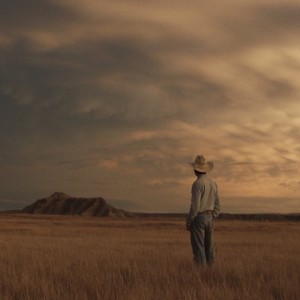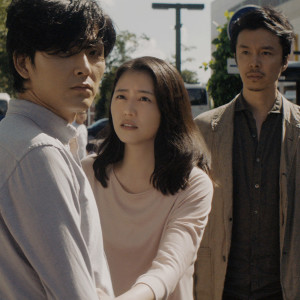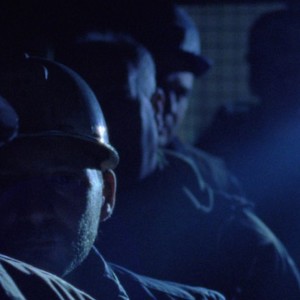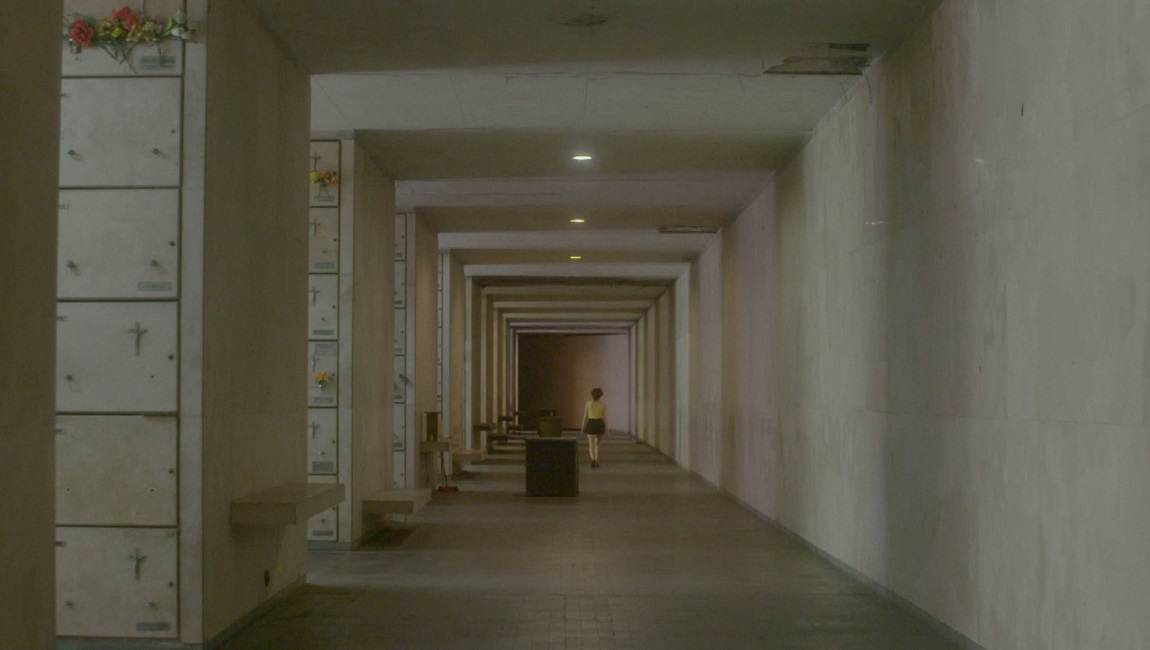Our fourth dispatch from this year’s New York Film Festival (here’s one, two, and three) includes the Chinese-American filmmaker Chloé Zhao’s docudrama The Rider, about South Dakotan rodeo culture; Kiyoshi Kurosawa’s Invasion of the Body Snatchers/Starman hybrid Before We Vanish; and Ben Russell’s Good Luck, a relatively normal (for him), 2.5 documentary about Surinamese gold panners.
 In transmuting the true-life story of rodeo star Brady Jandreau into the sort-of-fictionalized The Rider, director Chloé Zhao uses low-key character and narrative detail to massage a tidy, affecting docudrama from the material. The story of Jandreau (or as his character here is named, Brady Blackbird) is one that instinctually feels more suited to documentary. Once an up-and-comer on the rodeo circuit, not only did Jandreau/Blackbird suffer a devastating head injury that threatened to end his career, but tragedy also strikes his paraplegic friend, bull-rider rider Lane Scott (who plays himself). This kind of real-life drama often tends to suffer in translation to cinematic narrative, the instinct to sensationalize or mine for inspirational platitudes a hurdle that trips up too many filmmakers. Zhao, however, immerses her film in a certain come-what-may cowboy spirit, wisely allowing her subjects’ misfortunes to be viewed as the familiar collateral of a larger way of life rather than outlier tragedies.
In transmuting the true-life story of rodeo star Brady Jandreau into the sort-of-fictionalized The Rider, director Chloé Zhao uses low-key character and narrative detail to massage a tidy, affecting docudrama from the material. The story of Jandreau (or as his character here is named, Brady Blackbird) is one that instinctually feels more suited to documentary. Once an up-and-comer on the rodeo circuit, not only did Jandreau/Blackbird suffer a devastating head injury that threatened to end his career, but tragedy also strikes his paraplegic friend, bull-rider rider Lane Scott (who plays himself). This kind of real-life drama often tends to suffer in translation to cinematic narrative, the instinct to sensationalize or mine for inspirational platitudes a hurdle that trips up too many filmmakers. Zhao, however, immerses her film in a certain come-what-may cowboy spirit, wisely allowing her subjects’ misfortunes to be viewed as the familiar collateral of a larger way of life rather than outlier tragedies.
This naturalistic approach enriches The Rider; Brady’s relationships throughout the film — with his father and his younger sister, who lives with Autism Spectrum Disorder — all feel refreshingly authentic, likely thanks to the fact that they are authentic: Brady’s real family perform as their respective counterparts. And Zhao shows remarkable restraint in working within this milieu, never allowing her purpose to feel calculated: no single person here is the film’s entire focus, but rather, it’s this specific way of life and its clouding effect that becomes the main character. Case in point: Brady’s close friends, of Native American heritage, are handled according to some present, assimilative reality, and any fear that the filmmakers might be tempted toward reductive messaging about the irony of these men embracing cowboy culture is mercifully unfounded. So while a deeper exploration of how the cowboy ideology might inform these characters’ notions of identity could be indeed be particularly fascinating, Zhao smartly trusts her instincts enough to here keep her attention fixed on the foundational issues of masculinity and self-worth that so define the culture she captures. Luke Gorham

The film begins promisingly enough, with a gruesome family murder and a schoolgirl perpetrator licking the blood off her fingers, which unexpectedly shifts the film from an ominous tone to a more comic one. This opening sets us up for Kurosawa’s almost perverse refusal to remain in one register, as the film veers wildly between romantic comedy/drama; sci-fi B-movie; and apocalyptic thriller. The main thrust of the narrative concerns an alien invasion: three alien scouts are sent ahead of the other invaders, taking over humans’ bodies for their reconnaissance mission. These aliens learn human language and concepts, like “work” and “love,” by essentially stealing them from their unsuspecting victims, who are in turn robbed of the capacity to understand these ideas anymore. The film’s intriguing approach to this is to frame the ‘body-snatching’ not as a horrifying act but rather one of becoming freed from societally imposed concepts and modes of accepted behavior. Unfortunately, Kurosawa’s slack sense of pacing results in an overlong runtime well north of two hours—and his lack of control over a schizophrenically erratic tone sinks his film. Christopher Bourne








